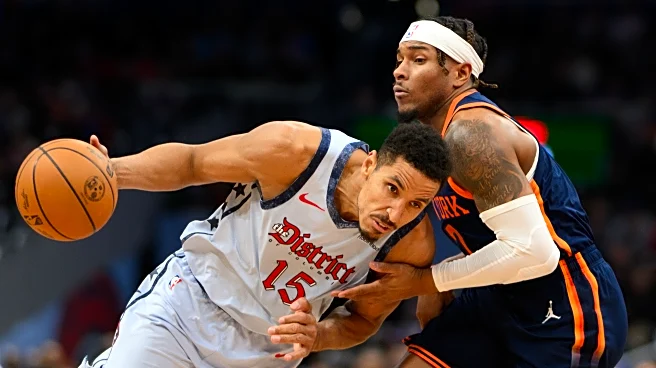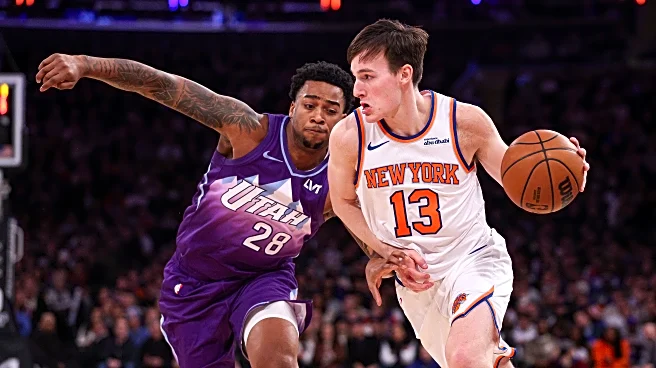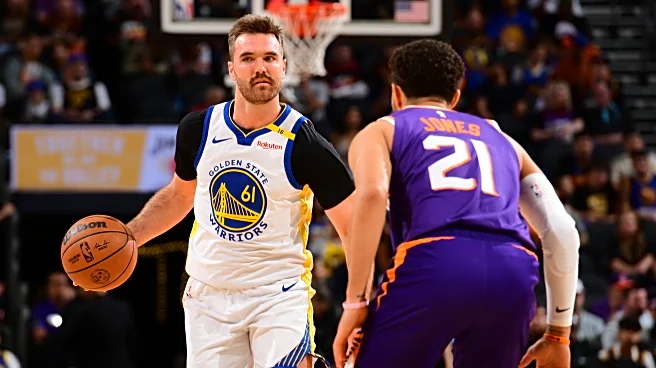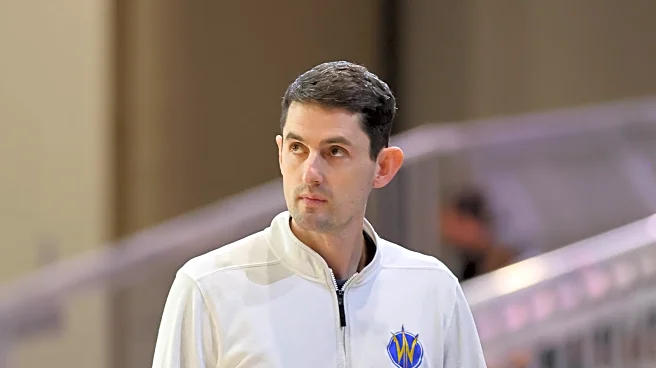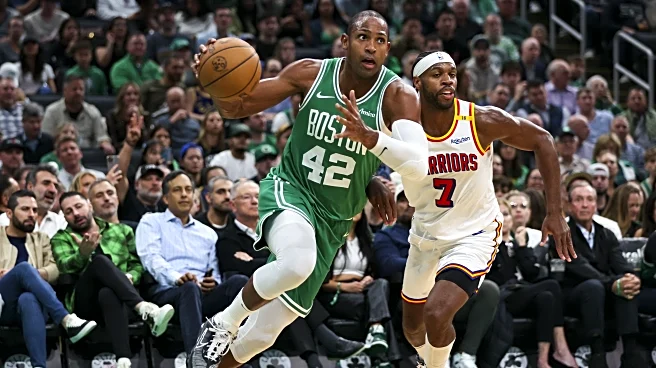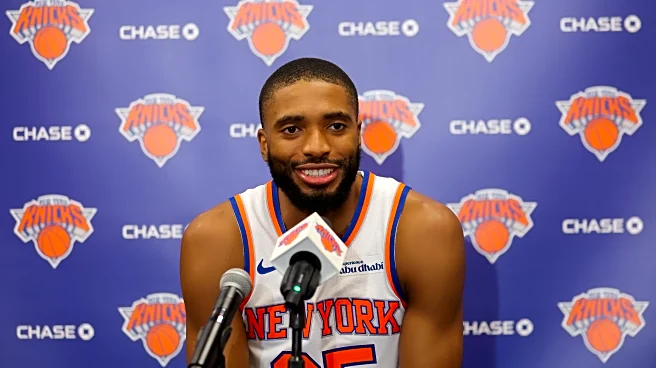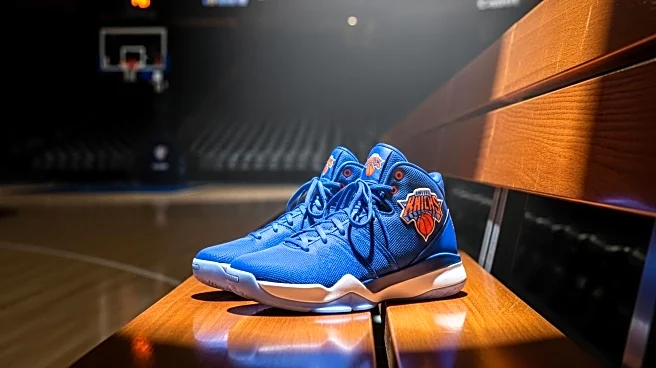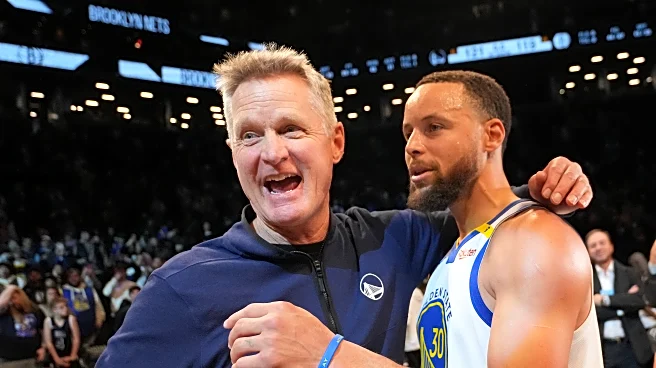Mike Brown has made it clear that he will not coach the Knicks the way Tom Thibodeau did. Speaking in Abu Dhabi, Brown told Stefan Bondy (New York Post), “The biggest thing is trying to make sure you watch
everybody’s minutes instead of trying to chase games. There might be some games where maybe you throw the towel in early.”
That statement counters Thibs’ “everything matters” philosophy. Brown saw in Golden State what happens when a team chases short-term wins at the expense of long-term readiness. The 2016 Warriors won 73 games, then fell flat in the Finals. Skipper Steve Kerr shifted his approach and delivered three championships with Brown on the sideline. Drawing from that experience, Brown wants the Knicks to pace themselves for June, not empty the tank in February.
Josh Hart illustrated the toll of Thibodeau’s approach. Hart led the NBA in minutes last season (37.6) and admitted, “I gave everything I have and I just didn’t have anything left in the tank. My mind was there, but my body was a step slow.”
Brown’s system will scale Hart back, likely with a bump to the bench. For fans, Brown’s strategy means fewer 40-minute marathons from Jalen Brunson and more second-unit responsibility. The aim is not to win every battle, but to reach the postseason intact.
Meanwhile, James L. Edwards III and Fred Katz at The Athletic tackled the most immediate preseason question: Who fills the fifth starting spot beside Brunson, Mikal Bridges, OG Anunoby, and Karl-Anthony Towns? Hart brings toughness but can kill spacing with his hesitancy to shoot; Mitchell Robinson secures the rim but compresses the floor; and Miles McBride stretches the lineup into five-out, but at the cost of size. Robinson’s injury history makes his availability the most critical variable, and his long-term health will be prioritized (i.e., don’t count on many back-to-backs).
Katz and Edwards write that spacing is non-negotiable under Brown. Towns played 80% of his minutes last year without it, often alongside Hart. Don’t expect that to be repeated on the upcoming campaign. When teams placed their centers on Hart and wings on Towns, New York’s offense bogged down. The proposed fix is simple: more Towns-at-center lineups, and surround him with shooting.
As the coach, expect Brown to import elements from Sacramento. The Kings thrived on transition threes. He will ask Anunoby and Bridges to sprint to the corners, Brunson to catch-and-shoot more often, and Towns to trail into open threes. The Knicks finished bottom three in three-point attempt rate last year. That number will rise if Brown’s vision of pace and spacing is executed efficiently.
Edwards also outlined Brown’s larger offensive blueprint. Brown wants Towns shooting more corner threes (only 6.9% of his attempts came from there last season) and operating as an elbow hub like Domantas Sabonis. Hence, cutters and shooters can feed off his gravity.
And the Brunson train needs to keep a-chugging. Jalen hit nearly 50 percent of his spot-ups, yet less than half of his threes were assisted. That imbalance drained him over the course of last season, and the Knicks cannot rely on him dribbling through thorny defenses for 48 minutes. The new coach wants to resolve this by running Brunson off the ball more, spicy Curry-style.
The coalescing of these two ideas should give the offense new life. Towns as a hub, Brunson sprinting off screens, and shooters with their hands up in the corners. That is the counterpunch New York lacked when last spring’s offense ground down to Brunson isos. Obviously, teams will adjust come playoff time, and the Knicks need automatic responses: slips, ghost screens, second-side actions. All that cool basketball stuff you can learn about on YouTube. We trust that Brown will be ready with adjustments of his own.
The front office did what it could with limited resources, adding Jordan Clarkson, Guerschon Yabusele, and Malcolm Brogdon. On paper, these guys are smart bets. In reality, Clarkson’s efficiency has dipped, Yabusele has a thin résumé on this continent, and Brogdon has not stayed healthy. Thus, the team’s depth looks stronger—and nobody’s trying to sell us some Kemba’s knees are fine baloney—but the true test will be when the bench must deliver in the postseason.
In theory, Brown’s system will raise efficiency, protect players from burnout, and scale when defenses tighten in the playoffs. For it to work, Towns must make quick reads, Brunson must adapt to constant off-ball pressure, and the Knicks must prepare counters before April. It rejects Thibodeau’s grind for a model that prizes sustainability and postseason execution. We’re all for it.
Go Knicks.

